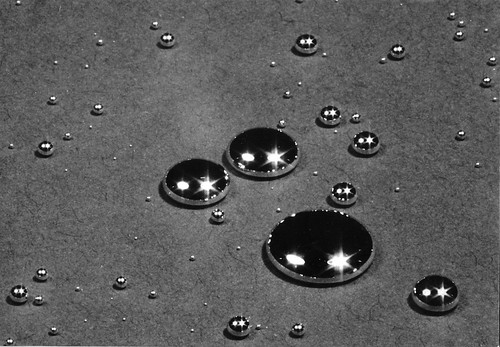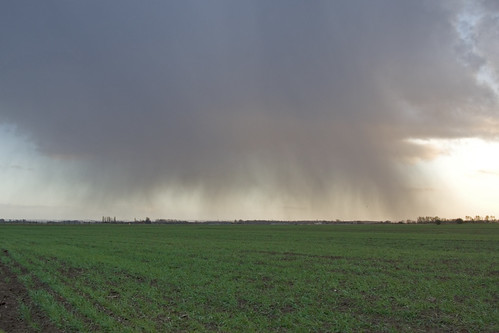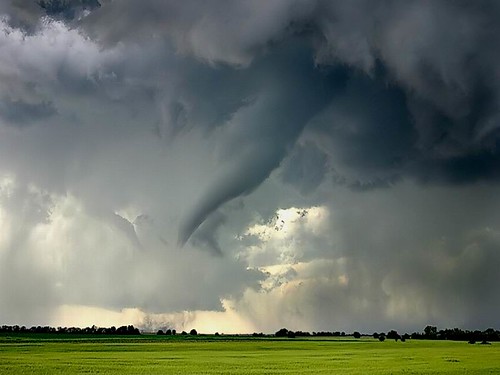When I was a little girl, the first fictional map that took hold of my imagination was that of Neverland on the inside covers of my Peter Pan book. All of the illustrations in that book are beautiful oil paintings - full of color and life from the veins in Tinkerbell's wings to the curl of Captain Hook's moustache. The map, too, was created on the same medium and brought to life an island of coves and mountains, Indian camps and homes underground. Here was Neverland in full relief, suddenly a real place. Of course it was real.
I suppose it was no coincidence that maps began to show up in my writing. From middle school into high school I spent a lot of time on that rudimentry program known as "Paint" in order to create the island-continents of the planet where my characters were from... ironically "Eiresta." Once I painstakingly traced the contours of Ireland and England onto tissue paper and broke them up into smaller islands to form those continents. Silly? Maybe, but at the time I felt it was important. I needed to map what I was seeing in my head, to make tangible the little backstories that were a heritage for my pseudo-quasi Celtic creations.
In high school I lived, read, breathed, ate and dreamed Star Wars, which means that my little creative writing projects inevitably took that shape. Inspired further by J.R.R. Tolkein's maps of Middle Earth, the map-obsession continued. Imagine my delight when I discovered galactic maps of the Star Wars universe inside the novels I read. Finally, I knew where Tatooine and Dagobah were in relation to Coruscant (or the Imperial City) and Alderaan! This map was handwritten, imaginative, pretty. It did not attempt to calculate light-years or the three-dimension distance each star had to one another. It was art, not science - simple and beautiful. Naturally, I had to add a few worlds into the mix:
My addendums are fairly obvious: they are written neatly on little scraps of paper and pasted carefully onto the map, tucked into corners between stars and across the spine of the page. At the top right was Ceilte, Nabbeor and the starless Rift which served as a no-man's land between peaceful worlds and evil Euronia (which even the Empire was keen to avoid). I could see it: pieces of the massive puzzle finally in place.
Years after leaving the Star Wars galaxy, I found myself writing a novel which took place much closer to home in North Yorkshire, Great Britain. While I did, of course, study maps of northern England, I mapped something that came directly out of my writing - a piece of the moors that was entirely my own fairy land. I created it because my characters drew it themselves, tracking their own footsteps through a childhood playground, through barrows that were supposed to be haunted, passed ruined abbeys to a mysterious coil of rock they called Adrian's Pass after a legendary monk.
I drew this by hand, and it was such fun imagining the terrain, the twists and turns and slopes my characters had to traverse. Bleak Point was a memorial to people who had disappeared on Adrian's Moor. Where the ridges begin to grow, the fog thickens giving way to visions of demons who look like Benedictine monks. Rose Cottage (added later) was a dilapidated house the characters found and made into getaway accessible only on foot.
Which brings us back to space. Waterwill and its in-development sequel have their earliest roots in that old Star Wars project of mine. Nowadays these stars (if they existed, that is) might be visible from Earth. I'm envisioning a cosmopolis over five hundred years in the future where humans have expanded their horizons to other worlds. A cosmopolitan "nexus" has formed around a new star, 61 Virginis. It is called the Virgo Nexus because of this capitol. It is almost twenty-eight light-years away from where the worlds around good ol' Sol (our Sun) continue to thrive. Below are two maps-in-progress. Though Waterwill is complete, I have gone back to reevaluate the (very) approximate distances between the stars and expand on the worlds between Virgo and Sol for the sequel. I am finding this extremely frustrating.
This map contains a few "familiar" stars: Alpha Centauri, Altair, Vega, Arcturus, Sirius, Epsilon Eridani, Tau Ceti, Denebola, 55 Cancri, Castor, Pollux and Formalhaut. I am trying to combine the fictional elements with the real stars, creating a sort of bridge between our home (Sol) and the Virgo Nexus. The map above is supposed to be a "side-view"; the map below an "above view."
Like I said, this is a work in progress. I've been working from several "star maps" from the internet, some helpful, some confusing. I realized I am doing something here that I've never attempted before: that merging of fact with fiction. The problem with these maps is that they represent two-dimensional thinking instead of three. For example, Epsilon Eridani might be ten light-years from Sol or Earth, but it's at a diagonal away and below instead of simply ten light-years to the right. On a 2D map, this diagonal would not properly register the distance... unless I got fancy with dotted lines and angles. Last week, while I was away from the blog, I was busy pulling my hair out over the difficulty of showing distances as well as depths. I was afraid of what mathematically-inclined people would say... how astronomers might snort at my imaginative calculations... how other science-fiction writers must have an easier (if not smarter) time of it than I do.
And then I realized "Hey! This supposed to be art, not science!" Why did Star Wars appeal to me so much in the first place? Because it wasn't concerned with the mind-twisting principles of relativity or a tangible explantion of hyperspace... or how the heck they actually have the capability of flying clear across a galaxy in a week's time (or less). In Star Wars, these things simply were; no explanation necessary or required. While my novels take place in Sol's interstellar backyard (or is it front yard?), and require a little more explanation as to how the vast distance is/was conquered by humanity, I simply see no reason to worry about whether or not Vega and Formalhaut are actually in their correct positions. What matters is that they are part of the picture, part of that corridor between Virgo and home.
And that's what I hope the maps, in whatever state of evolution, can show: pieces of the puzzle coming together to create a tangible world. Everything else is just details: time, relativity, hyperspace.




















